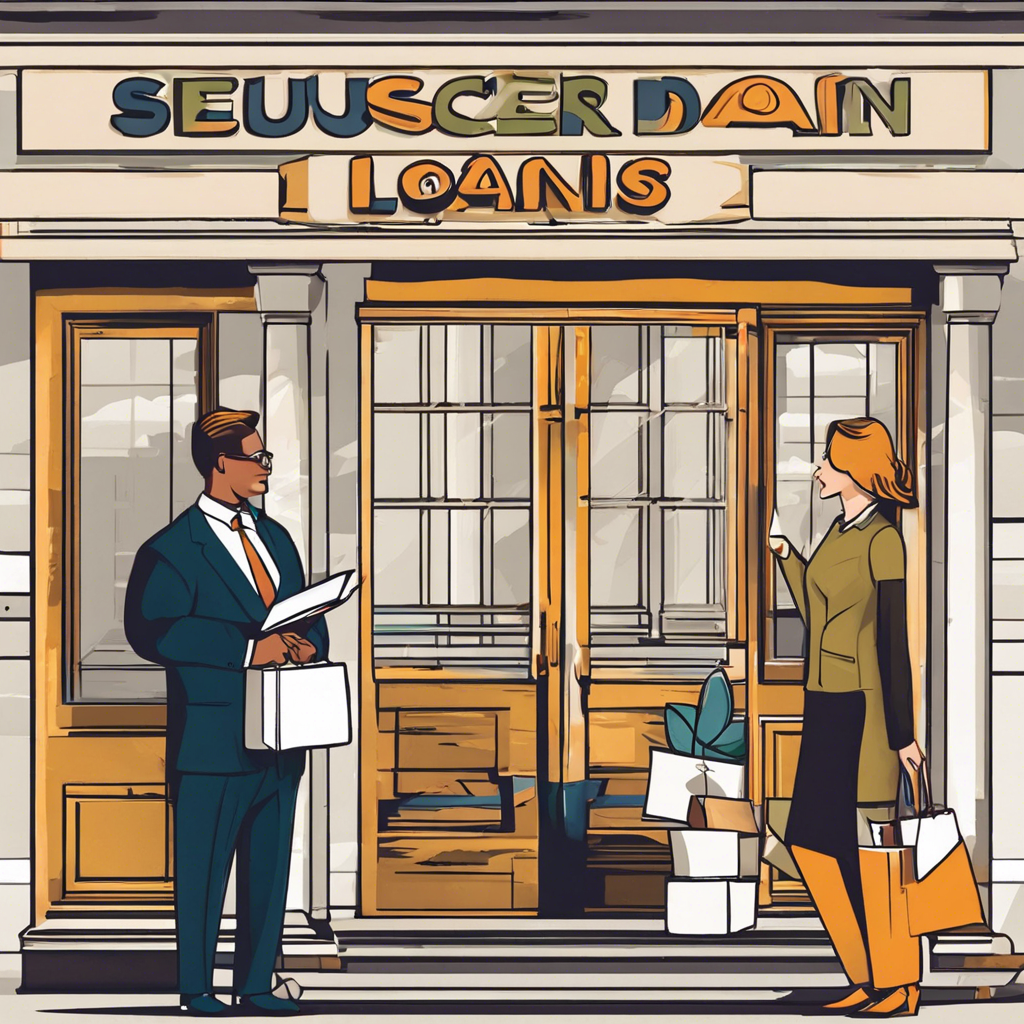# Secured vs. Unsecured Loans: Understanding the Key Distinctions
When you’re considering borrowing money, whether it’s for a business venture, a new home, or consolidating debt, you’ll likely come across two main types of loans: secured and unsecured. Understanding the difference between these loan categories is essential for borrowers as it can significantly impact the borrowing process, interest rates, and your financial responsibilities. Let’s explore the key differences and help you make more informed borrowing decisions.
## What are Secured Loans?
Secured loans are a type of borrowing that requires collateral, which is an asset that the lender can claim if you fail to repay the loan. Typically, the collateral is something of value that the borrower owns, such as a home, vehicle, savings, or investments. The presence of collateral provides the lender with a layer of security, reducing their risk in the event of non-payment.
When applying for a secured loan, the lender will assess the value of the collateral offered. The loan amount you can borrow is often based on a percentage of the collateral’s value. For instance, if you’re using your home as collateral, the lender may offer a loan amount up to a certain percentage of the property’s appraised value.
One of the main advantages of secured loans is that they often come with lower interest rates compared to unsecured loans. This is because the lender has the security of the collateral, making it a less risky investment for them. Secured loans are attractive to borrowers who want to borrow larger amounts at potentially more favorable interest rates. Common examples of secured loans include mortgages, home equity loans, and car loans.
It’s important to note that if you default on a secured loan, the lender has the legal right to seize and sell the collateral to recoup their losses. For borrowers, this means that you risk losing the asset you pledged as security if you’re unable to make the required payments.
## Unveiling Unsecured Loans
On the other hand, unsecured loans do not require any collateral, making them more accessible to a broader range of borrowers. Lenders approve these loans based on the borrower’s creditworthiness, income, and financial history. Since there is no collateral involved, the lender assumes a higher risk, which often translates to higher interest rates for borrowers.
Unsecured loans are a popular choice for various purposes, such as personal loans, credit cards, student loans, and business loans. These loans are often used for debt consolidation, home improvements, or covering unexpected expenses. When applying for an unsecured loan, lenders will carefully evaluate your financial situation, including your credit score and income, to determine the loan amount and interest rate.
One of the benefits of unsecured loans is the speed and convenience of the borrowing process. Without the need for collateral assessment, approval can often be faster, making unsecured loans a good option for those who need quick access to funds. However, the higher interest rates and the potential for stricter eligibility criteria may make unsecured loans a more expensive option in the long run.
## Comparing the Two: Key Differences
Now that we’ve explored the basics of secured and unsecured loans, let’s summarize the key differences:
1. **Collateral:** Secured loans require collateral, while unsecured loans do not. This is the most fundamental distinction between the two types.
2. **Interest Rates:** Due to the lower risk for lenders, secured loans usually carry lower interest rates. Unsecured loans, with their higher risk, often come with higher interest rates, making them potentially more costly for borrowers.
3. **Borrowing Amount:** Secured loans can offer larger borrowing amounts, often determined by the value of the collateral. Unsecured loans may have lower maximum borrowing limits, depending on the lender and the borrower’s financial profile.
4. **Eligibility Criteria:** Secured loans may be more accessible to borrowers with less-than-perfect credit scores since the presence of collateral mitigates some of the risks for lenders. Unsecured loans often require a stronger credit history and higher credit scores for approval.
5. **Risk for Borrowers:** Defaulting on a secured loan puts your collateral at risk of repossession. With unsecured loans, while there is no asset at stake, defaulting can lead to severe consequences, including damaged credit scores and potential legal action.
## Making the Right Choice for You
When deciding between a secured or unsecured loan, it’s essential to consider your financial situation, borrowing needs, and the risks involved. Here are some factors to keep in mind:
– **Credit Score and History:** If your credit score is high, you may qualify for better interest rates on unsecured loans. However, if your credit score is lower, a secured loan might be a more viable option.
– **Loan Purpose:** Think about what you need the loan for. Unsecured personal loans are often used for debt consolidation or smaller expenses, while secured loans may be more suitable for significant purchases or investments.
– **Collateral:** Do you have assets that you can offer as collateral? If not, an unsecured loan might be the only option. However, remember that with a secured loan, you risk losing that asset if you default.
– **Repayment Ability:** Consider your ability to make regular payments. Defaulting on a loan can have serious consequences, regardless of the type.
In conclusion, understanding the difference between secured and unsecured loans is a crucial step in financial literacy. Each type of loan has its advantages and considerations, and the right choice depends on your unique circumstances and borrowing goals. Whether you’re planning a significant purchase, consolidating debt, or funding a new venture, making an informed decision will help ensure a smoother borrowing experience and a healthier financial future.
